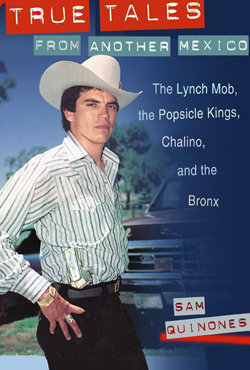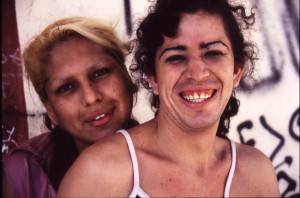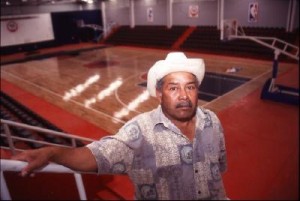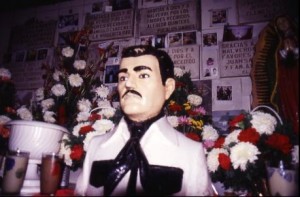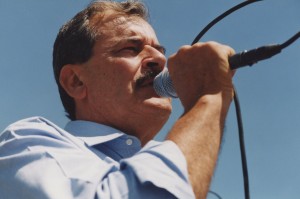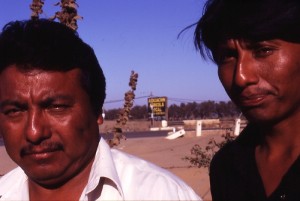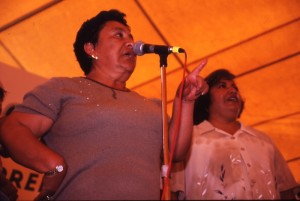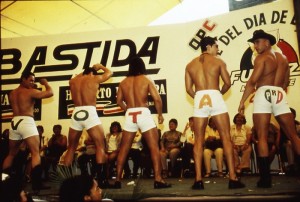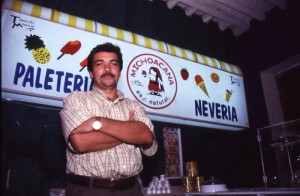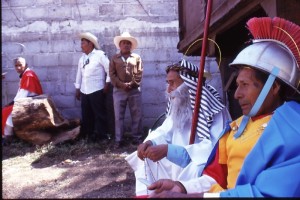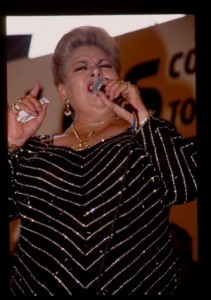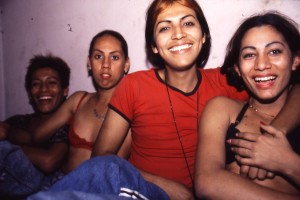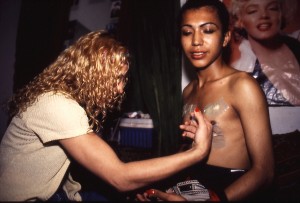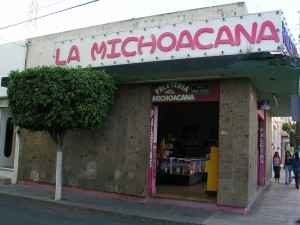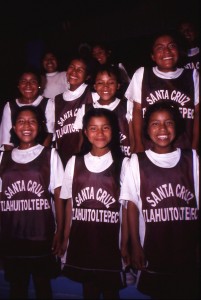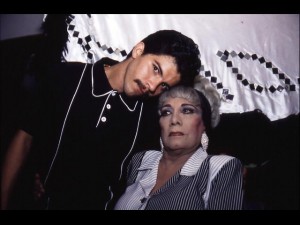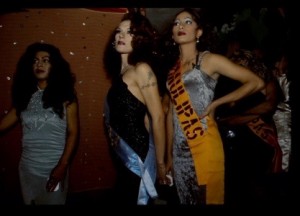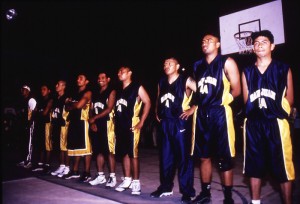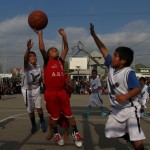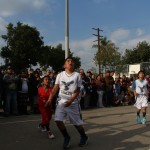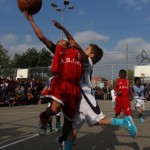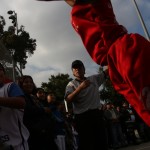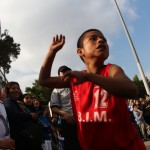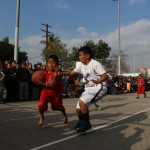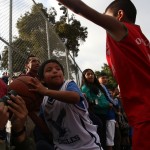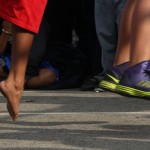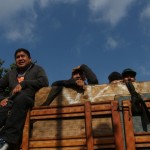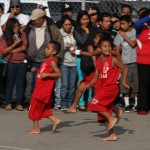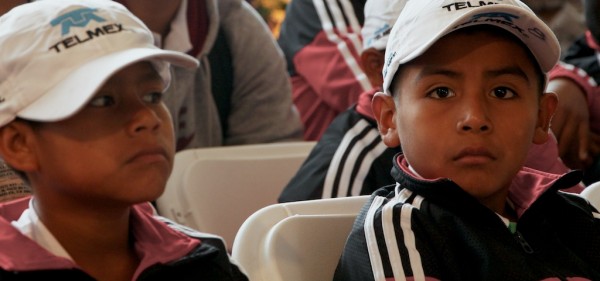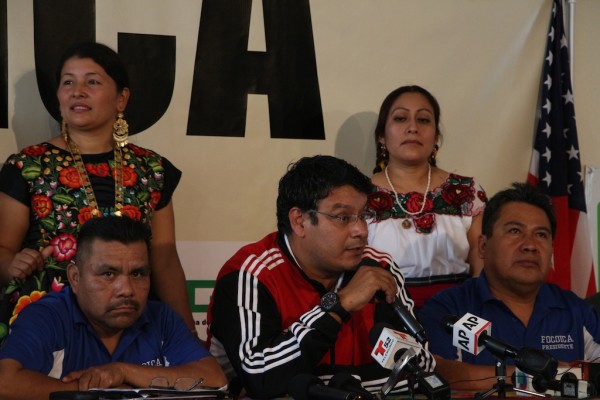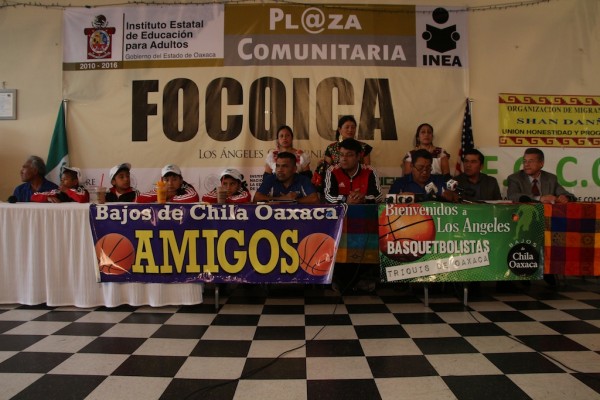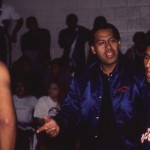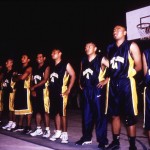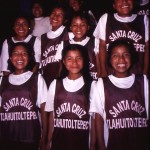Tag Archives: Basketball
True Tales From Another Mexico – at 15
LOS ANGELES: Cal Tech baseball wins!!!!!
Cal Tech’s baseball team won a game on Saturday, after losing 228 in a row.
I love that school’s sports program, man! It’s all about competition, even when they’re not competitive.
As a kid, I remember going to see my father’s college — Claremont McKenna — play Cal Tech in basketball. They would crush them every year, sometimes with the JV team. Didn’t matter. CT kept on putting up teams with players who often really hadn’t ever played their respective sports in high school.
Btw, you should NOT miss Quantum Hoops (2007), a documentary about the Cal Tech basketball team. Really great filmmaking — about a team that had lost a similar number of games.
It talks about the losing, yet proud ways of the team. About the coach who would try to recruit A++ students, kids who could also play, only to find that even they couldn’t quite make the academic grade the school requires.
In the doc, they bring back players who were on the team that last won a game — that moment coming in 1985.
I’m happy that Cal Tech keeps on with sports — seems to be the right focus on sports, if you ask me.
One dismaying aspect of the Quantum Hoops doc is that it quotes Cal Tech grads, an alarming number of whom ended up on Wall Street using their brains to devise complicated financial gimmicks for making a lot of money without really creating anything of value — unlike the rest of that great school.
Unlike, in fact, the Cal Tech sports programs, those Wall Street CT grads seem the embodiment of the “Win at any cost” philosophy that characterized our late, unlamented Age of Excess from which our country is now suffering junkie withdrawals.
A quick personal note: The coach of the school that lost that 1985 game to Cal Tech — the University of La Verne — was my high school coach at Claremont High School several years before. Won’t mention names. Never got along with the guy and he never did know how to pronounce my last name.
Now for something a lot less inspiring than great students at a great school….here’s one about the Mexican Mafia. Keep scrolling down…. 🙂
Filed under California, Los Angeles, Southern California
LOS ANGELES: 3rd & Vermont Photo exhibit and Oaxacan Basketball — events not to miss
The next few days have a couple very hip events taking place west of downtown that you don’t want to miss.
On Thursday, The Perfect Exposure Gallery holds an opening of photographs by Michael Cannon, centering around the 3rd and Vermont area. That ‘s one packed section of town, and one of my favorites, with folks from Korea, Bangladesh, Oaxaca, Salvador, and probably elsewhere as well.
It was there that I grew to love the strip mall — the immigrant’s blackboard. But that’s for another blog post.
Cannon, one of whose photos is above, has been living in and shooting the area for 15 years and his images will be on display at the gallery beginning at 6 p.m. Thursday.
By the way, The Perfect Exposure (3519 W. 6th St.) is fantastic photo gallery, exhibiting some of the best photographers from Los Angeles and elsewhere. Really worth a visit.
Then on Sunday, the 2013 Oaxacan basketball season gets underway, with a tournament at Toberman Park. The  inauguration, which is as cool to behold as the games, begins at noon.
inauguration, which is as cool to behold as the games, begins at noon.
Oaxacan basketball tournaments usually involve 20+ teams and bring together folks from all over Southern California.
(I wrote about them in my first book, True Tales from Another Mexico: The Lynch Mob, the Popsicle Kings, Chalino and the Bronx — which you should also not miss.)
They used to be held at Normandie Park, a few blocks away. Normandie Park is in fact a bi-nationally famous little park due to the role it played in maintaining the Oaxacan community, mostly folks from the Sierra Juarez mountains, for many years beginning in the 1970s by hosting hundreds, probably thousands, of tournament games by now.
But tournament size and disputes with park management meant that organizers switched the events to Toberman.
Either way, a fun way to see another part of LA on a Sunday.
Filed under California, Culture, Los Angeles, Migrants, Photography, Streets, Uncategorized
MEXICO: Oaxacan Hoops and the photographer Jorge Santiago

Tlahuitotepec’s first female mayor, Sofia Robles, takes the opening shot at the basketball tournament.
Pittsburgh-based photographer Jorge Santiago has put up stunning images of Oaxacan village basketball tournaments at his website.
Santiago it appears spent much of 2012 wandering in the Sierra Juarez mountains from tournament to tournament and has grasped the essence of the basketball world up there — that basketball, the most urban hip-hop 21st Century sport, has become an integral part of Oaxacan Indian culture and tradition.
Check them out. They’re great!
My admiration for the photos, of course, is only enhanced by the fact that Santiago partly drew his inspiration for the project from the story on Oaxacan basketball in my first book (True Tales from Another Mexico: The Lynch Mob, the Popsicle Kings, Chalino and the Bronx).
But the images do make me envious. He’s traveled far into this culture and tradition and captured some beautiful shots. I’m looking forward to see what he can do with the Oaxacan basketball world here in Los Angeles, which is deep.
One thing I always found interesting about this topic: Though Oaxacan Indians are some of the most anthropologically studied of any group in Mexico, I could find no academic researcher who had even a superficial knowledge of basketball and its importance in the cultural, social, and traditional life of Oaxacan villages — or for that matter the enormous importance it plays in the lives of Oaxacan immigrants in Los Angeles, where my story (Zeus and the Oaxaca Hoops) took place.
How many dissertations have been written on pelota Mixteca — an almost extinct sport played 500 years ago? And nothing on basketball, a sport that tens of thousands of Oaxacan young men and women play with a passion bordering on obsession. I find that remarkable. Any thoughts as to why that would be? Please chime in…..
Filed under Los Angeles, Mexico, Migrants, Photography
MIGRANTS: Zeus Garcia, the Michael Jordan of Oaxacan Indian basketball
I had lunch the other day with an old friend, Zeus Garcia.
In his day, Zeus was like the Michael Jordan of Oaxacan Indian basketball – this in the mid-1970s. He and his brothers and cousins formed a basketball team from their village outside the City of Oaxaca and won tournaments for miles around for years. In the 1980s, they all migrated to LA., part of a large Zapotec Indian migration to the area that really heated up during those years. Almost all of them moved to either Pico-Union or Mar Vista or Venice. (More on why not East LA in a later post.)
Zeus, when I first met him in the late 1990s, was a bus boy and intent on bringing a purer form of basketball to the United States, which he felt had corrupted the sport he loved. He coached a team of Oaxacan all stars, which he called Raza Unida.
Oaxacan Indians are basketball-obsessed folks and the sport plays an enormous role in their lives here in Southern California. Tournaments take place almost every weekend somewhere in the LA area. Zeus was kind of the guru of Oaxacan Indian basketball here. I wrote about him in my first book, True Tales from Another Mexico. I later went to the Copa Benito Juarez in Guelatao, Oaxaca, and watched 7000 people take in the tournament at a small outdoor court in the birthplace of the legendary Mexican president, who was Zapotec.
Zeus is now a truck driver delivering for a fruit and vegetable wholesaler near downtown L.A. He told me his brother, Isaias, himself a great basketball player in his day, last year returned to their village to take on a servicio – a public job that is unpaid and that each member of an Indian village must do if he wants to remain in good standing. Some who’ve refused have had their lands taken. Zeus was full of stories of how folks back home seemed from another world to Isaias, mired in gossip and unwilling to try new things or work hard.
This is the story of many Mexican villages, seems to me. The ones with the drive and gumption leave. Those left behind depend on the dollars sent down from El Norte, and the result is a kind of welfare dependency that drives a lot of returning immigrants nuts.
I may do that story. Keep you apprised as it goes along.
Photos: Zeus Garcia then and in 1999, and two shots of village teams from the Copa Benito Juarez.
Filed under Los Angeles, Mexico, Migrants

